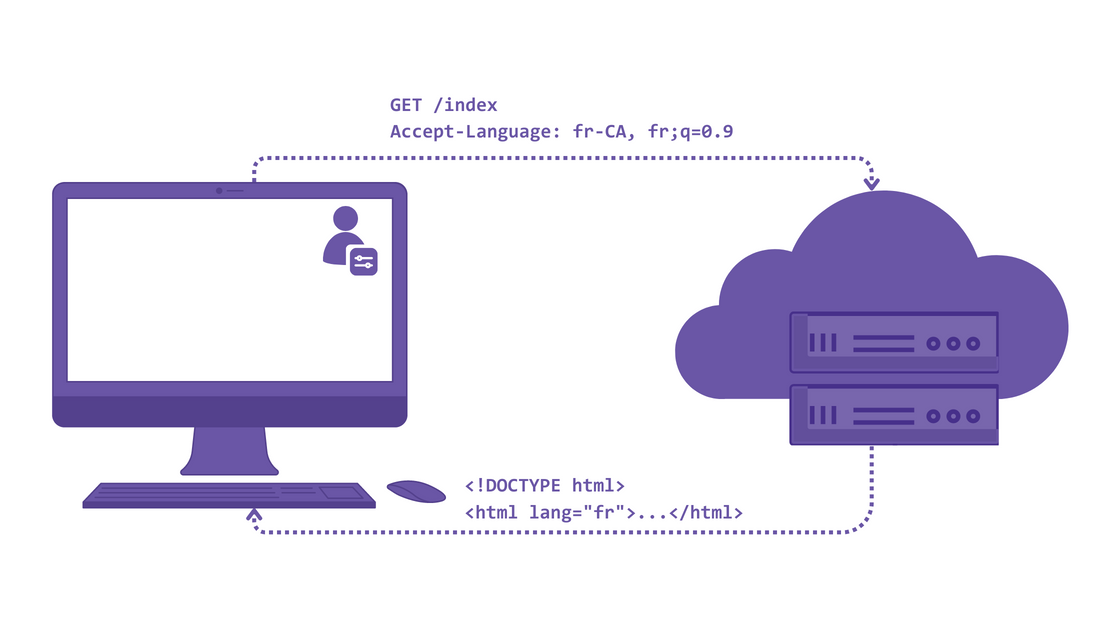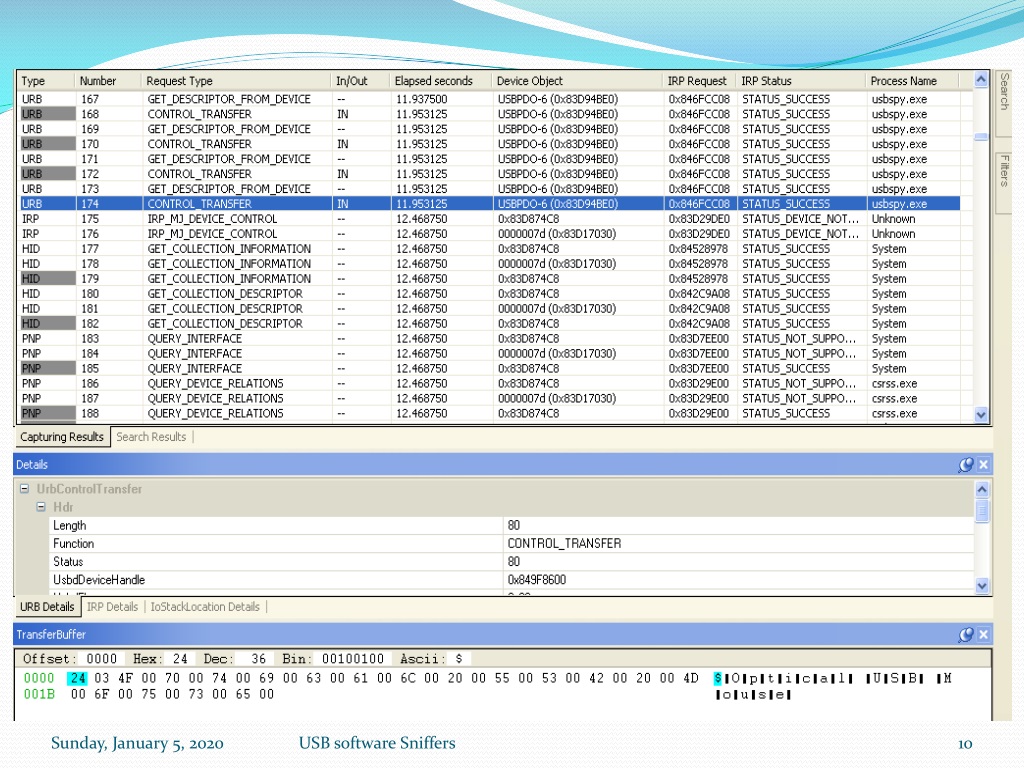Decoding the Accept-Language Header - Who Uses It and Why

Understanding the Accept-Language Header
The Accept-Language header is a crucial aspect of HTTP requests that enables clients to specify their language preferences. Let's delve into the details of this header, its purpose, and how it functions.
What is the Accept-Language Header?
The Accept-Language header is a request HTTP header that indicates the natural language and locale preferred by the client. It is a way for clients to communicate their language preferences to the server, ensuring that the content is delivered in a language they understand.
Purpose of the Accept-Language Header
The Accept-Language header serves as a hint for servers when they cannot determine the target content language otherwise. It helps servers to:
- Provide content in the user's preferred language
- Direct users to a specific version of a website or application based on their language preferences
- Enhance user experience by delivering content in their native language
How is the Accept-Language Header Set?
The header is set by browsers according to their active user interface language, and users rarely change it. This means that the Accept-Language header typically reflects the language settings of the user's browser or device.
Who Uses the Accept-Language Header?
The Accept-Language header plays a crucial role in facilitating user-friendly experiences on various online platforms. Several types of websites and applications utilize this header to cater to their diverse user base.
Websites with Global Reach
Websites that cater to users from different parts of the world use the Accept-Language header to detect the user's preferred language and display content in that language. This enables websites to provide region-specific content, enhancing user engagement and accessibility. Examples include news portals, educational institutions, and tourism websites.
Localized Web Applications
Web applications that require localization, such as e-commerce sites, social media platforms, and online services, utilize the Accept-Language header to provide a user-friendly experience. By detecting the user's preferred language, these applications can customize content, currency, and date formats to match the user's expectations.
Search Engines and SEO Tools
Search engines and SEO optimization tools also use the Accept-Language header to improve search results and website rankings. By considering the user's language preference, search engines can return more relevant results, while SEO tools can optimize website content for better visibility in specific regions.
Other users of the Accept-Language header include:
- Language translation services
- Online advertising platforms
- Content management systems
- Mobile applications with international user bases
By leveraging the Accept-Language header, these platforms can ensure a seamless and personalized experience for their users, regardless of geographical location or language preferences.
Importance of the Accept-Language Header
The Accept-Language header plays a vital role in enhancing the accessibility and user experience of websites for individuals who speak diverse languages. Its significance can be understood from the following perspectives:
Enhanced Accessibility
The Accept-Language header makes websites more accessible and user-friendly for people who speak different languages. By specifying their preferred language, users can access content in their native language, facilitating a smoother navigation experience.
Improved User Experience
It allows servers to respond with content in the user's preferred language, enhancing the overall user experience. This personalized approach ensures that users can comprehend and engage with the content more effectively.
Content Negotiation
The header plays a crucial role in content negotiation, enabling servers to select the most appropriate language for the user. This automatic language selection eliminates the need for users to manually choose their preferred language, streamlining the browsing process.
Setting and Using the Accept-Language Header
The Accept-Language header is a powerful tool for developers to specify the preferred language and locale for their web applications. By setting this header, developers can ensure that their applications are tailored to meet the language needs of their users.
Specifying Preferred Languages
Developers can set the Accept-Language header to specify the preferred language and locale for their web applications. This allows developers to cater to users who speak different languages and provide a more personalized experience.
Multiple Language Support
The header can be set to multiple languages, with quality values indicating the order of priority. This means that developers can specify multiple languages, with the most preferred language listed first, followed by less preferred languages.
Testing and Verification
Tools like Postman and browser developer tools allow developers to test and verify the Accept-Language header settings. This ensures that the header is set correctly and is working as intended, providing a seamless experience for users.

















Comments ()